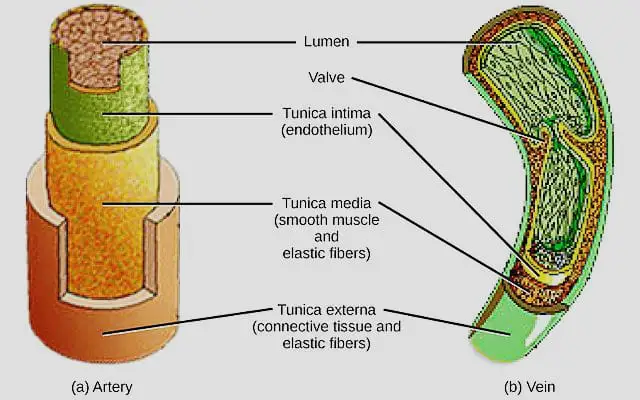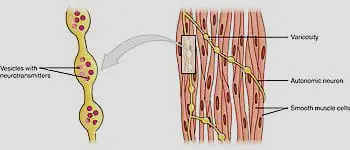Structure of Smooth Muscles
Smooth muscles are non-striated, involuntary muscles, which are controlled by the Autonomous Nervous System (ANS). These muscles are found almost in all organ such as the stomach, bladder, blood vessels, bile ducts, the eye, the sphincters, the uterus, etc.
- They function by stimulating the contractility of the digestive, urinary, and reproductive systems, blood vessels, and airways.
- They are under involuntary control, therefore you cannot move these muscles with conscious thought.

What Are Smooth Muscles?
- The smooth muscles of the human muscular system are spindle-shaped muscle fibers with a single nucleus.
- The thickness of the smooth muscles ranges between 3-10 µm and their length ranges between 20 to 200 μm, which are shorter compared to the skeletal muscle.
- These muscles lack filaments, special proteins, actin, and myosin and produce their connective tissue.
Functions of Muscle
Like all other types of muscles, smooth muscles are also involved in contraction and relaxation. Other functions of smooth muscles include:
Role in Organ Function Of Smooth Muscle
- It is involved in the sealing of orifices.
- It produces connective tissue proteins such as collagen and elastin.
- Transports chyme (a pulpy acidic fluid) for the contractions of the intestinal tube.
Contribution to the Circulatory System
- Muscle plays a vital role in the circulatory system by maintaining and controlling the blood pressure and flow of oxygen throughout the body.
Other Important Functions Smooth Muscle
- These muscles are also responsible for contracting the irises.
- Raising the small hairs on your arm.
- Contracting the sphincters in our body.
- In the movement of fluids through organs.
- It is much more useful for providing consistent and elastic tension.

Sphincter Muscles and Their Functions
The sphincter muscles, for instance, are found in:
Swallowing and Digestion In Smooth Muscle
These muscles help with swallowing by reducing the size of the openings around the mouth through muscle contraction.
Urination Control In Smooth Muscle
These muscles control urination by causing the muscles of the urethra to contract, which is located around the urinary tract.
Defecation Process
These muscles help with defecation by contracting to lower the size of the apertures around the anus.

